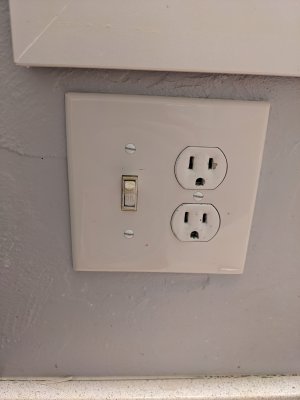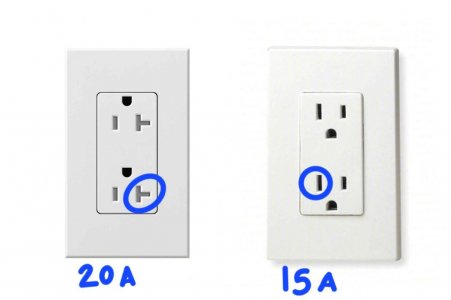- Joined
- Apr 16, 2023
- Messages
- 4,239
- Reaction score
- 19,305
You can do the AC terminations in the light housing, no problem. We re-purpose old housings and panel cans all the time. Realistically though, there should be a junction box that the current light is mounted to. Then, all your DC terminations can be made wherever.
It's early for me seeing as how I was up plucking ballsacks off my plant until around 4 hours ago. I'm assuming your LEDs will drivers? Or are they plug-n-play LEDs? They make extension rings for nearly all the boxes you'd find in your house, if the connections don't all fit.
There aren't really any codes you'll need to follow for anything under 50 volts. The AC connections are all you really need to enclose and for the rest, just make it look good.
It's early for me seeing as how I was up plucking ballsacks off my plant until around 4 hours ago. I'm assuming your LEDs will drivers? Or are they plug-n-play LEDs? They make extension rings for nearly all the boxes you'd find in your house, if the connections don't all fit.
There aren't really any codes you'll need to follow for anything under 50 volts. The AC connections are all you really need to enclose and for the rest, just make it look good.



